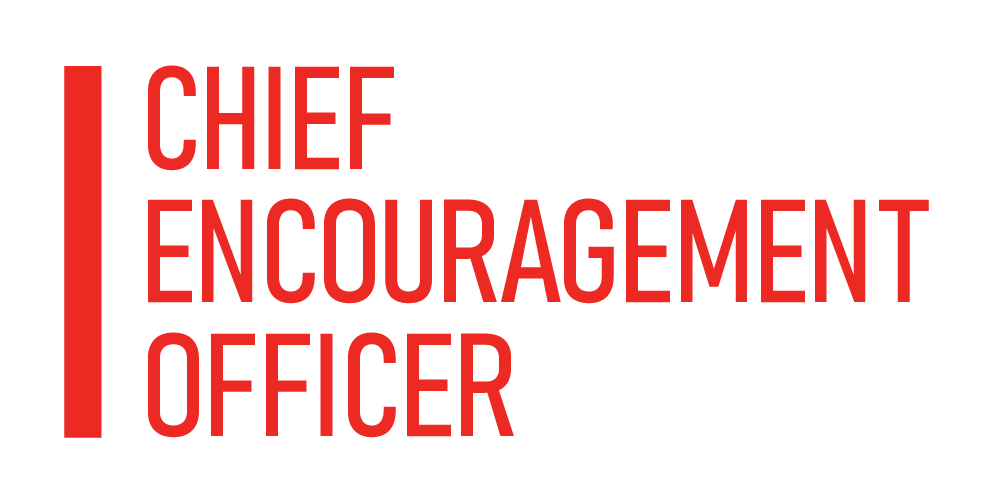WALKING ON SUNSHINE
Today is the day! Today is the day you were made for! Go ahead, say it out loud… I was made for today! Recently, I spoke to a longtime friend who expressed a feeling of being lost and untethered. During the conversation, it dawned on me that disillusion is closely tied to need. The harsh reality is that when you have a need you have purpose.
So how do you stay needy? How do you maintain a level of humility that continues to push you down the track? It starts with your goals. Most people set goals that have temporal qualities. For instance, I want to make this much money, buy that house or retire at this age. These types of goals when accomplished feel like a sugar rush but ultimately lead to a flat feeling.
Your goals need to be bigger than your life! Our goals must require two key components:
– Our goals must require other people’s help to accomplish them. (Keeps you humble)
– Our goals must be about the next generation. (Keeps you hungry)
I recently heard someone say that you can’t be hungry when you have a full pantry. If your pantry is full today you are blessed. As your Chief Encouragement Officer, I ask that you empty your pantry by investing what you have stored up into the next generation. By doing this, you put yourself in a place of need and dependence that will surely give you purpose.
Stay hungry my friends,

